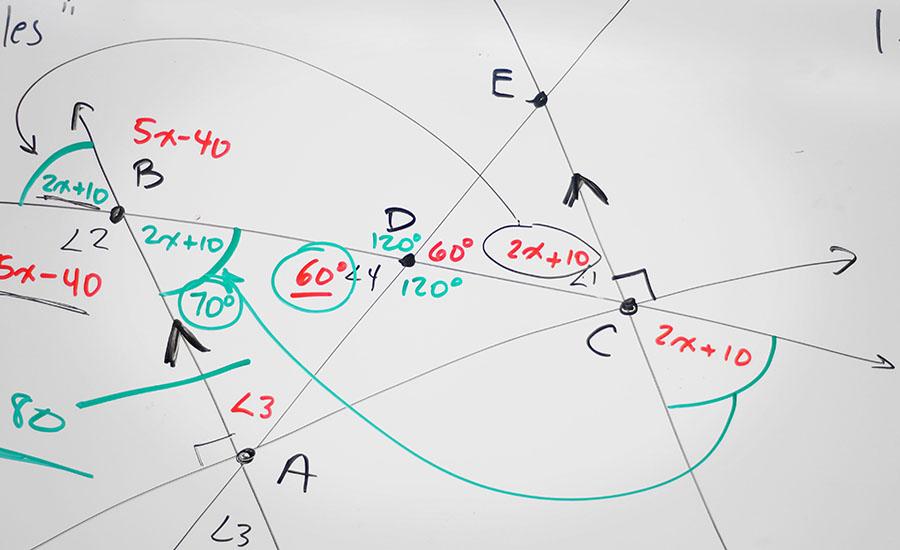In this engaging lesson, students will use Sphero robots and a Solar System map to learn intermediate level solar system geography. Students program the robots to move from one location on the map to
In this engaging lesson, students will develop an understanding of how solar panels convert sunlight into electrical energy. They will investigate factors affecting the amount of electricity generated
This hands-on lesson digs deeper into the study of weathering and erosion. It should be taught after students have an understanding of the sun’s energy and some of the ways it impacts the Earth. The
Students will build and use an anemometer to calculate wind speed and then use the wind speed to determine the affect wind has on temperature and the temperature that you feel (wind chill). Students
This lesson will allow students to measure the health of the water from sources in their community or everyday life. Students will measure the pH from different sources using test strips and a color
In this engaging lesson, students use real-world data to explore criteria for air pollutants. If students continue to the next lesson in this series, they create data-based art to deepen and
Featured Lesson Plans
Check out these notable lesson plans.

Students use Google Earth Timelapse to observe changes to glaciers over time before completing an investigation on the effects of melting sea ice and land ice on global sea level rise. This

This is the second lesson plan that goes with the series of four lesson plans for the book Song for a Whale by Lynne Kelly. This lesson focuses on vibrations, sounds, and music. The final project is

SNOW
This lesson includes literacy, math, and art about snowflakes. Within math, students will dive into an analysis of angles within a common snowflake. Students will listen to an informational text about


